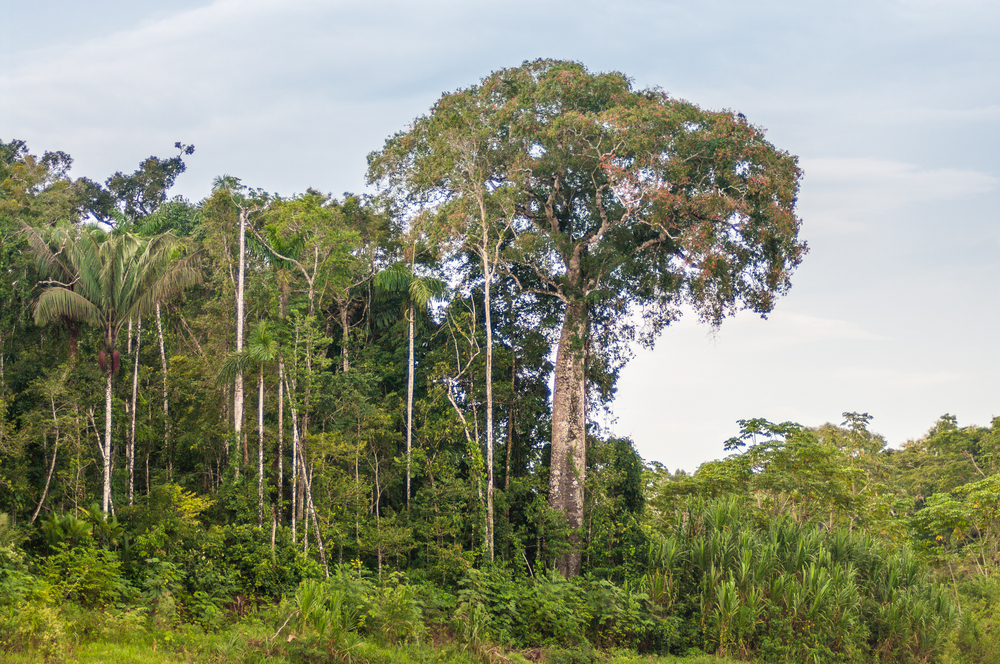Cerros de Amotape Overview
Cerros de Amotape National Park, known locally as Parque Nacional Cerros de Amotape, is located in the northwestern region of Peru, spanning the departments of Tumbes and Piura.
The park covers approximately 367 square miles (951 square kilometers) and is an essential protected area that safeguards the only remaining tropical dry forest ecosystem in Peru. Situated within the Tumbes-Piura dry forests ecoregion, it is part of the larger Northwest Biosphere Reserve, which also includes the Tumbes Reserved Zone and the Tumbes Mangroves National Sanctuary. The park’s terrain is characterized by a unique mix of coastal desert landscapes and rolling hills, with its highest elevations found in the Amotape mountain range.
The combination of rugged hills, river valleys, and seasonally dry woodlands creates a diverse and strikingly beautiful environment. The Tumbes River, one of the main water sources in the region, cuts through the park, providing a vital lifeline for its ecosystems.
The vegetation is dominated by deciduous trees, such as the ceiba and palo santo, which shed their leaves during the dry season to conserve water. Other plant species include the algarrobo and hualtaco trees, along with a variety of cacti and shrubs adapted to arid conditions.
Cerros de Amotape National Park is home to an impressive variety of wildlife, many of which are endemic or rare in Peru. Mammals such as the endangered Tumbes howler monkey, the white-fronted capuchin, and the ocelot can be found within its forests. Other notable species include the jaguar, margay, and the collared peccary.
The park also provides refuge for a wide range of bird species, making it an important destination for birdwatchers. Some of the notable avian inhabitants include the Pacific parrotlet, gray-cheeked parakeet, and the black-and-white tanager. Raptors such as the King vulture and the Harris’s hawk are also frequently spotted. Amphibians and reptiles, including iguanas and boas, thrive in the park’s warm climate, and the Tumbes River supports aquatic species such as catfish and river turtles.
One of the most popular features of Cerros de Amotape National Park is its network of trails that offer opportunities for hiking and wildlife observation. The park is especially attractive to eco-tourists and researchers interested in its unique dry forest ecosystem.
Visitors can explore the scenic Tumbes River, which offers opportunities for canoeing and observing riverine wildlife. Camping is another way to experience the park’s untouched landscapes, providing a chance to connect with nature in a serene and remote setting. Birdwatching is a major draw, with guided tours available to help visitors spot rare and endemic species. The park’s remoteness means that tourism is relatively low-impact, offering a more secluded experience compared to other Peruvian national parks.
Conservation efforts in Cerros de Amotape National Park have been largely successful in maintaining its biodiversity, though challenges remain. Deforestation and agricultural expansion have threatened parts of the dry forest ecosystem, and illegal hunting remains an issue.
However, efforts by conservation organizations and the Peruvian government have helped to mitigate some of these threats. The park is part of the Northwest Biosphere Reserve, which provides additional protections and funding for research and conservation initiatives.
Local communities have also been involved in sustainable tourism projects, helping to create economic incentives for conservation. These combined efforts ensure that the park continues to serve as a sanctuary for the unique species that inhabit this rare and fragile ecosystem.













































































